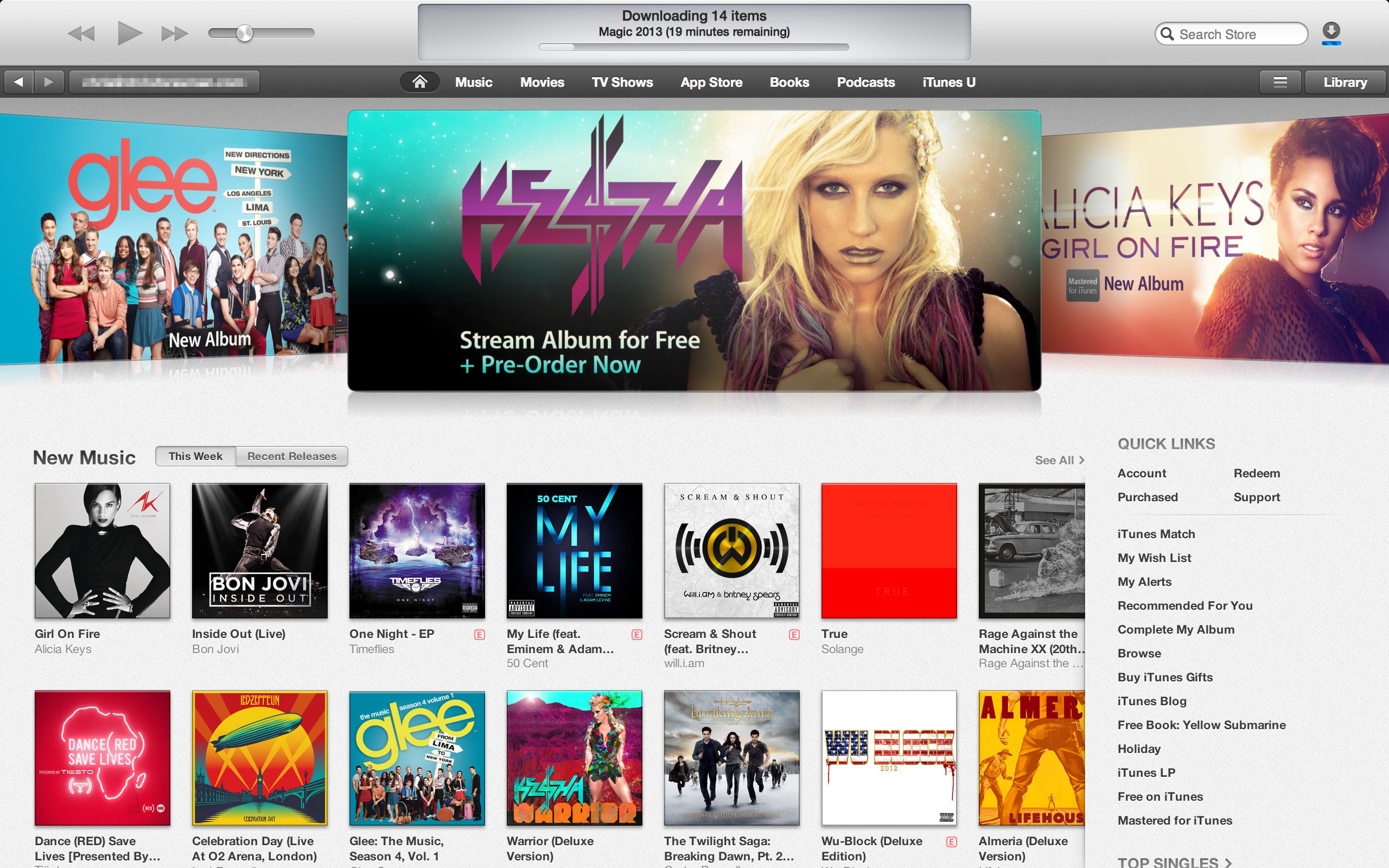iTunes began as a re-modeled version of a program
called SoundJam back in 2000. It was first created as a simple music player for
the Mac operating system that featured music playback, CD burning and little
else. Version 2 was where things started to get interesting - iTunes 2 was
developed to accompany apple's latest release, the iPod. People fell in love
with the device's simple elegant design but apple computers were not as common
back then and its compatibility with iTunes remained worthless to most technology
users. iTunes continued to improve user customization by introducing new
playlist and rating systems in version 3, but the big decision remained to be
made.
iTunes 4 featured two of the most important
changes that Apple would make to the program: the iTunes store, and Windows
compatibility. The iTunes store was revolutionary; no longer just a music
player, iTunes gave music lovers a simple method of downloading their favorite
songs through a completely legal method. CDs had been the go-to medium of music
sales for so long that as the internet became more and more of a regular part
of people's lives, illegal music downloading was not just the preferred option
for downloading music but often the only one. Being released around the time
anti-piracy campaigns by the music industry were becoming numerous and aggressive,
the iTunes store was a huge hit with those wanting to download music on the
right side of the law. Great idea sure, but it would have all been meaningless
unless the 4.1 update to support Windows took place shortly after. Windows
accounted for such a majority of the personal computer market at this point in
time that Apple knew they would have to suck it up and provide compatibility in
order to reach Windows users everywhere.
In 2003 iTunes was starting to look pretty successful,
it worked on both Apple and Windows operating systems, featured a revolutionary
user friendly store, and synchronized with the fastest growing mp3 player on
the market. The iPod continued on to unprecedented success, leading to spinoffs
of every make, size and color imaginable. Apple's foothold in the music
community allowed them the credibility to improve marketing on their line of
desktops and laptops, finally making them a serious competitor of Windows in
the personal computing world.
iTunes and iPods started out as a struggling
underdog in the computer market and look where they are today, a company worth
billions and known around the world. How did they do it? Apple addressed the
single biggest demand of users everywhere, and they did it well. Users want to
be able to customize their devices; they don't understand how everything works,
they just want to be able to make it do what they want and without having to
spend forever figuring out how. Apple engineered their software towards a
simple intuitive interface that helped even the most technologically challenged
of users customize their very own music collections and playlists that they
could carry around with them. From download to headphones Apple streamlined the
process of finding, organizing and enjoying music - arguably the most widely
appreciated form of art known in our society.



No comments:
Post a Comment